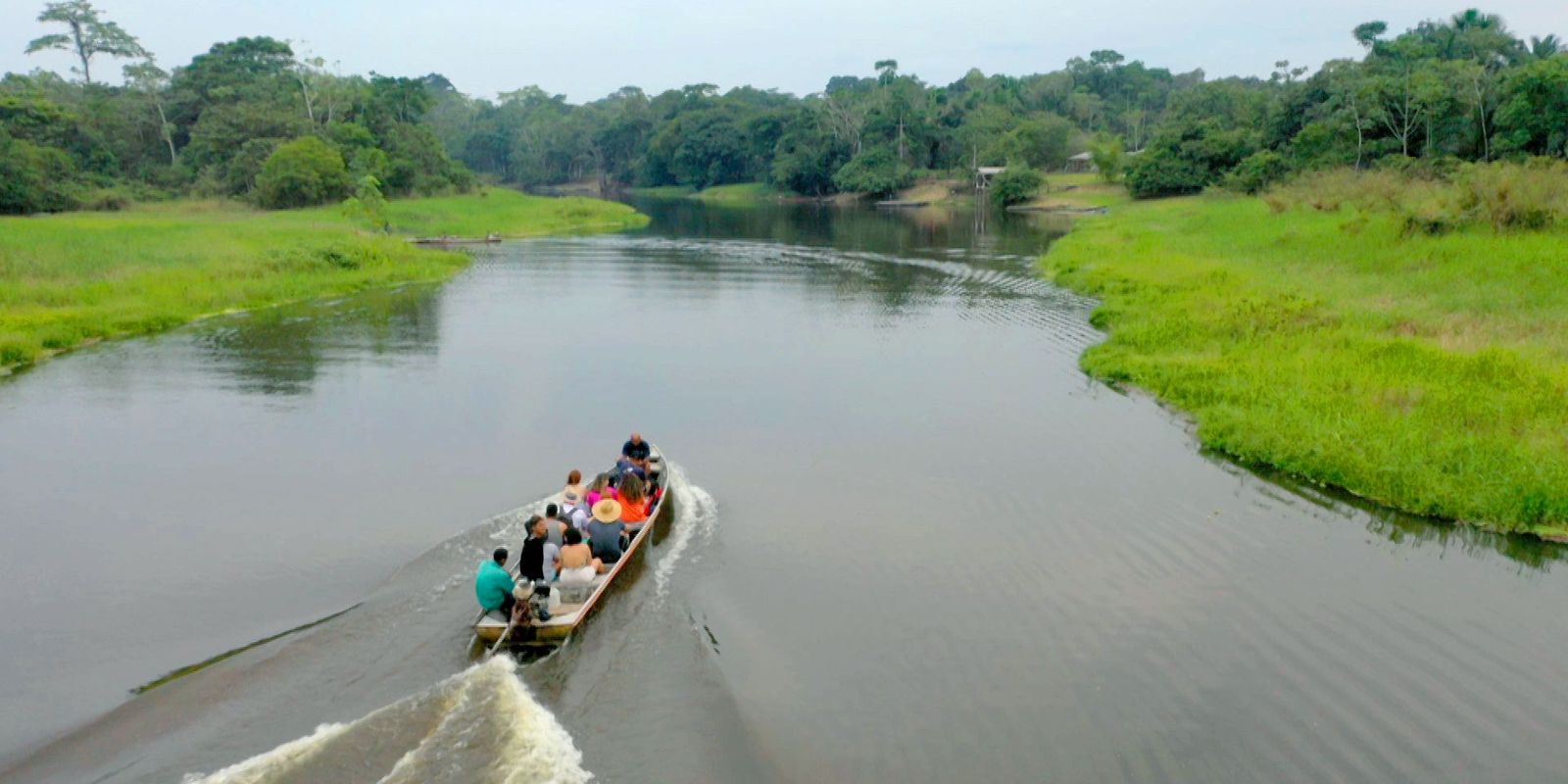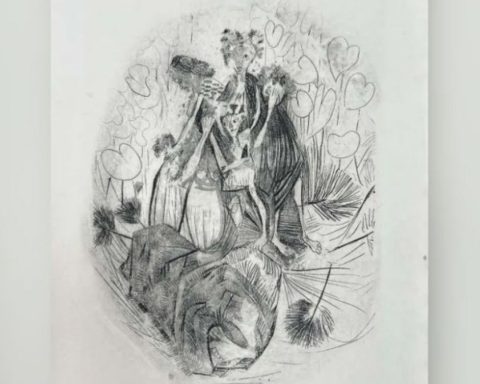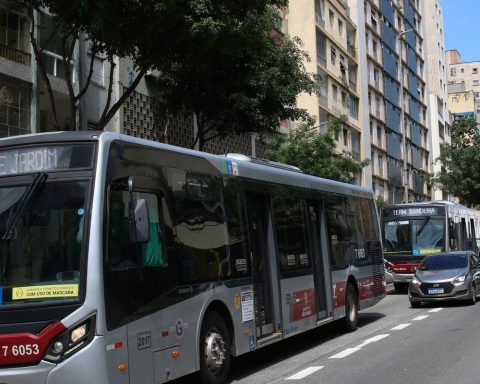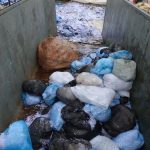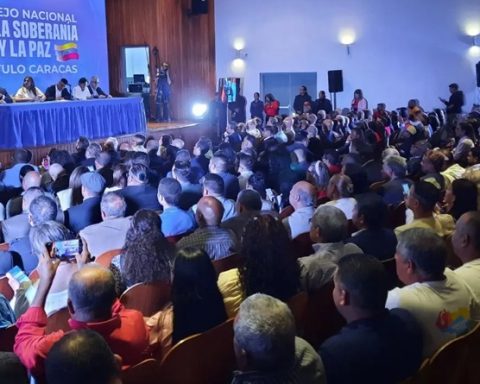The city of Cruzeiro do Sul (AC), almost on the border between Brazil and Peru, had rubber extraction as its main economic activity until the beginning of the 20th century. income for local communities. Since 2017, flour from Cruzeiro do Sul has had the geographical indication (GI) seal, which recognizes the quality and tradition of a product based on the environmental conditions and local way of making it. 
Resulting from the mixture of the indigenous cassava culture with the habits of the Northeasterners who migrated to the North, the flour has been conquering markets inside and outside Brazil. In partnership with Sebrae, our team visited the region to find out how the process is carried out, from planting cassava to selling it in the markets. The program airs at 10 pm on TV Brazil??
“Indigenous peoples played a very important role in passing on their ancestral knowledge to the white man. They passed on their cultural way of making flour, which is maintained for centuries until today”, explains historian Narcélio Generoso.
Cruzeiro do Sul has around 90,000 inhabitants and 12,000 flour mills in operation. Maria José Maciel, known as “Veia”, is the president of the cooperative that organizes this production. “Before the geographical indication seal was very difficult because anyone could use the name ‘Farinha de Cruzeiro do Sul’, but today only we at the Juruá Central can do that. The label started to open doors for us”, she says.
The organization of farmers in the cooperative optimizes production, improves the final price and brings more quality of life to the producer. The craft is often passed down from generation to generation, like Francisco da Silva Maciel, who learned to make flour from his father.
“I am proud to be a producer. That’s what my father taught me, the legacy he left us is work. What I learned was to make flour and I still use it today”, says Francisco, who showed in detail how the artisanal process of dyeing flour is carried out at the cooperative. The “yellow” tone of the bean, obtained using saffron, suits the taste of the customer and Francisco handles it with an art.
The star from Cruzeiro do Sul also occupies a prominent place in cuisine. Manioc flour is already part of the daily eating habits of people from Acre, but chef Jairé Cunha uses the ingredient in unusual dishes, such as sushi made with cassava flour. The region bets that the beauties of the forest, the tradition of the indigenous peoples and the local cuisine can also boost tourism.
“We are a great surprise destination. The outside view is still very much referring to the forests, which are our great power, in fact. But people are very surprised by what they find here. You have to come with an open heart, because you will be surprised, but positively”, says Thaly Figueiredo, a content producer who encourages tourism in the region, sharing information about attractions and destinations in the state on social networks.
